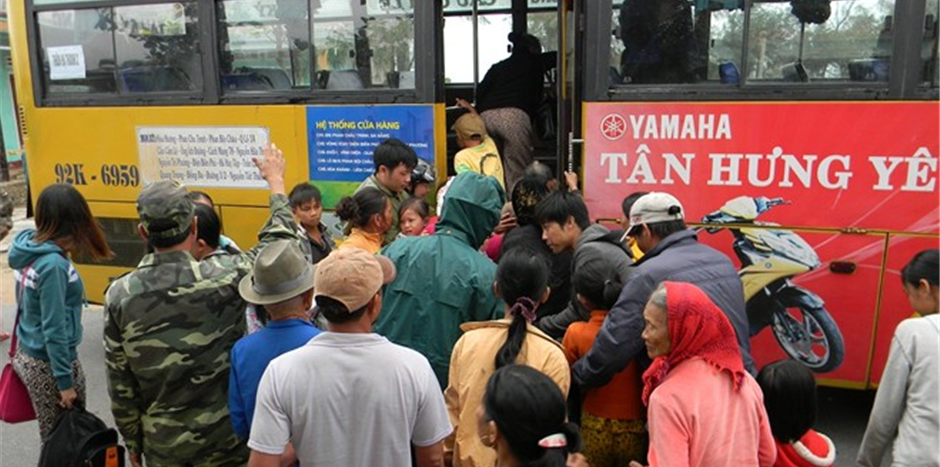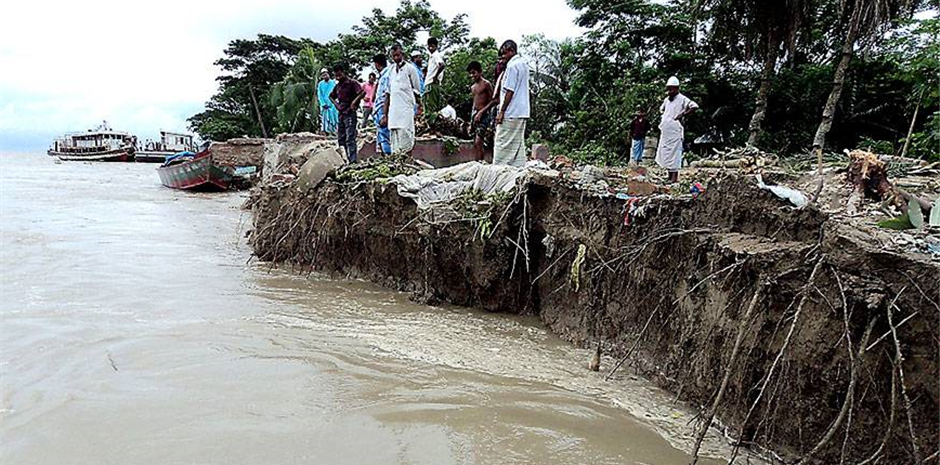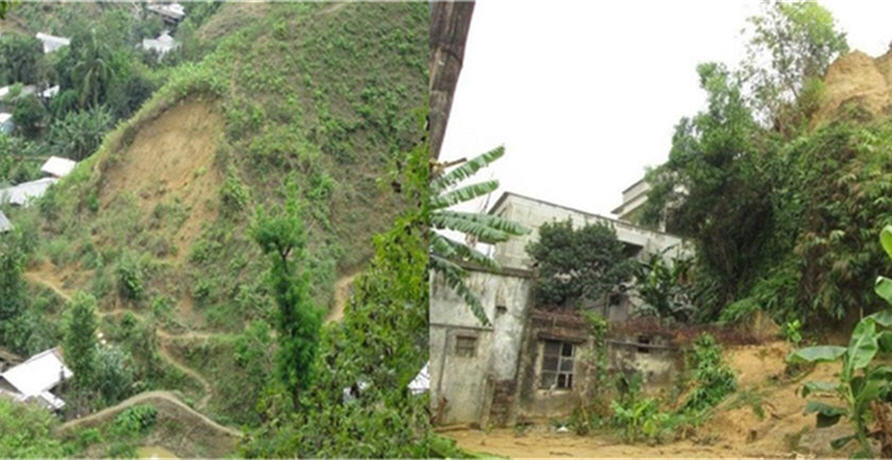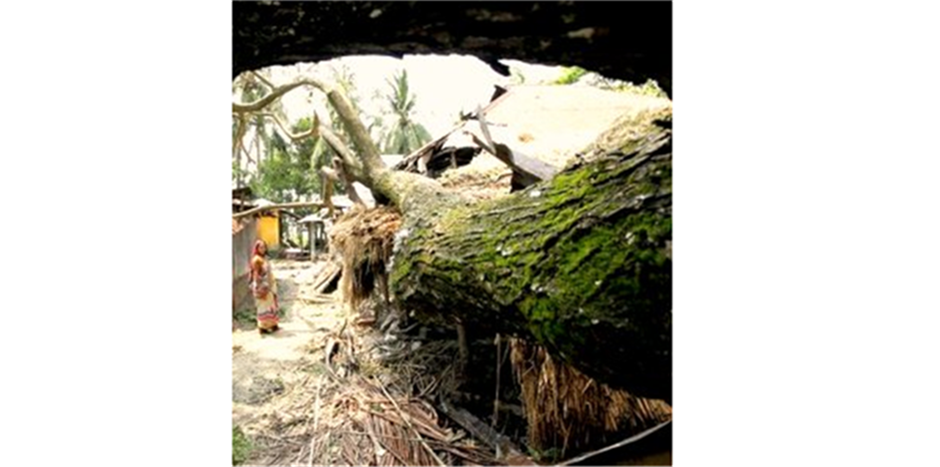Preparedness for Haiyan Typhoon in Vietnam
Chittagong, Bangladesh
Typhoon Haiyan was known as one of the strongest deadly hurricane ever recorded. Its devastation has caused series of severe consequences to Philippines.
At the beginning, typhoon Haiyan, commonly called storm number 14, was predicted to make landfall in Vietnam on Sunday, 10 November 2013, finally entered the northern coastal provinces of Hai Phong and Quang Ninh on Monday, 11 November 2013 ("Viet Nam: Typhoon Haiyan." 1).
Being aware of the intensity of the typhoon, Vietnamese people carefully prepared for the potential greatest storm of the year thus far.
The typhoon only caused minor damages in Vietnam; still, the authorities had prompt actions in reducing those damages. Reports conducted by the Disaster Management Working group showed that there were 10 deaths and 40 injured cases in 5 provinces.
Some other property damages were 4 collapsed houses, 114 damaged/ unroofed houses, land crops of 34,426 hectares in total and broken trees in some areas. However, families in central Vietnam worried that they might suffer some financial problems due to the land crops destruction.
After the storm had passed, the provincial authorities immediately took action in the relief and recovery campaign. In the affected provinces such as Hai Phong, Quang Ninh and Thai Binh, volunteers mobilized by Vietnam Red Cross helped residents return home.
Funds have been raised and donations have been given to families whose members were injured and houses and land crops were destroyed. The loss was not as severe as the initial expectation because of the great efforts that the government put into the preparedness.
According to the interviewee 1, an AUW student whose hometown is Thua Thien Hue, one of the provinces was affected by Haiyan typhoon, “News about Haiyan typhoon were broadcasted over all television channels during that time so that we, the local residents could take the initiative to prepare for the upcoming disaster”.
Indeed, the government continuously updated information about the typhoon via daily researches conducted by the Central Committee for Flood and Storm control (CCFSC).
The government also requested the neighboring countries including China, Malaysia, Indonesia and Philippines to help Vietnamese fishermen find shelter during the typhoon.
In addition, 85,328 boats and ships were given the alarm about the danger of the typhoon so as to sail to safer areas. In the history of disaster management in Vietnam, this is the first time the Prime Minister pushed the preparedness to the highest level on 8th November.
Approximately 800,000 people including 600,000 across southern and central provinces and 200,000 in northern provinces were evacuated to safer zones on 9th and 10th November. The elderly, women and children were prioritized.
This amazing evacuation was supported by 460,000 soldiers and members of the authorities. They also participated in search and rescue mission and houses consolidation.
“My father, together with some Vietnam Red Cross volunteers strengthened the house and built underground shelters by using sand bags. My mother went to the grocery to buy dry provisions and some necessaries. I even saw some of my neighbors shut down business for the time the typhoon happened to decrease the property damage,” said Interviewee 1.
Moreover, the authorities requested most of the northern schools to close on Monday for the sake of students. Factories were closed and hundreds of interior and international flights were cancelled.
In the meantime, Vietnam Red Cross came up with plans to deal with the typhoon, such as: building two warehouses of 100 square meters each and supplying clothes, water filters, mosquito nets, blankets, medicine and provisions including over 12,000 boxes of instant noodles and rice.
Central and provincial authorities were always ready to guide local residents before, during and after the emergency. Surprisingly, all 250 residents of Con Co island were moved to underground shelters with enough food supplies for several days.
Most significantly, Vietnam Red Cross staffs have spread the information and documents about the preparedness activities of Vietnamese government on television and newspapers, which drew people’s attention to the necessity of disaster preparedness.
Thanks to the careful preparedness of the local residents, there was a reduction of losses and property damages. However, its long-term consequence is still there, poor families will have to struggle for their livings day by day.
It is highly proposed that permanent plans regarding disaster preparedness and recovery assistance be carried out to reduce the residents’ pain and anxiety about making their livings.








